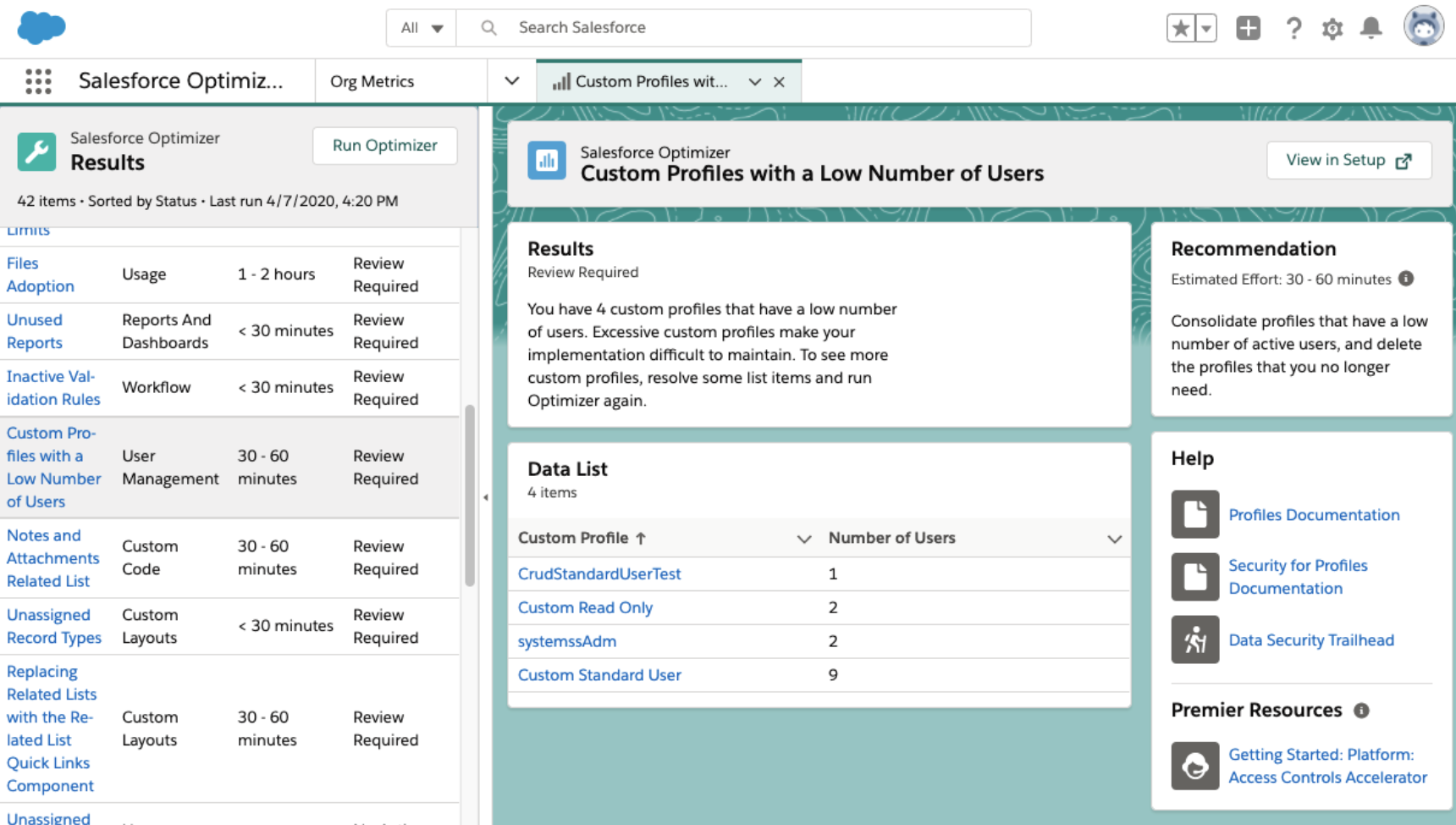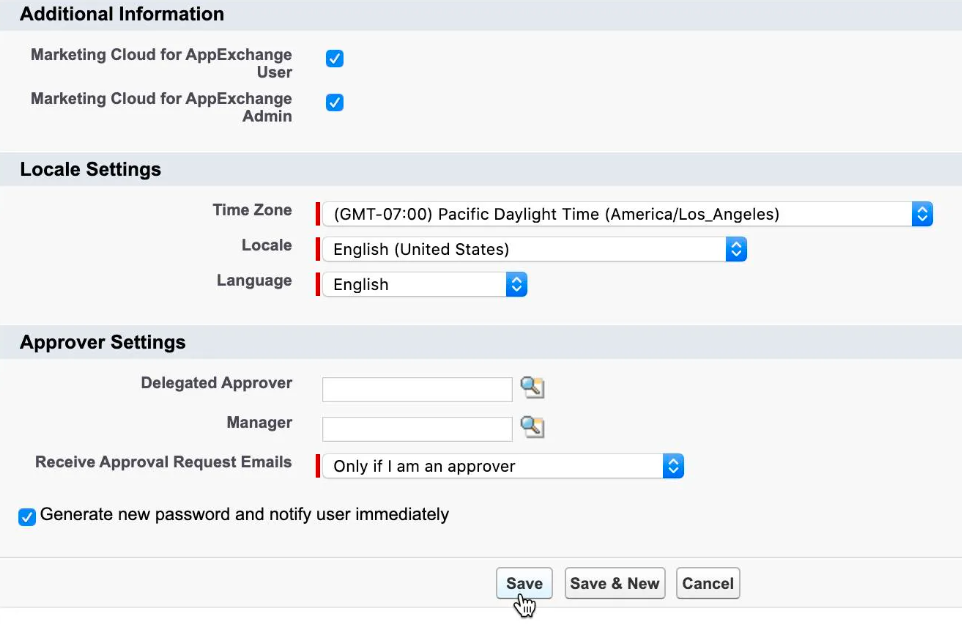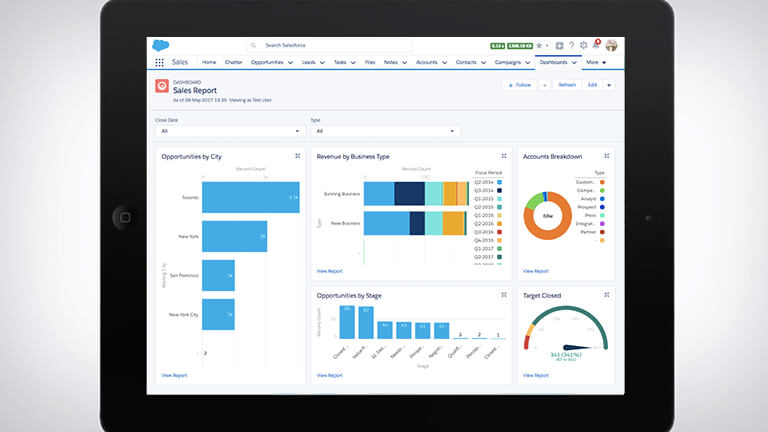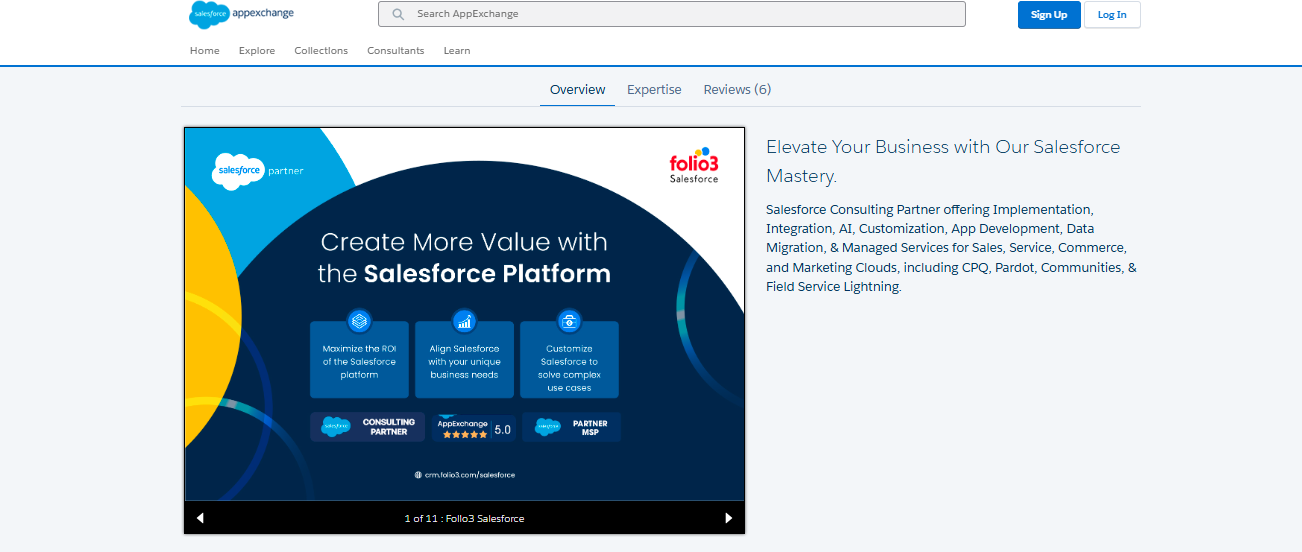Salesforce is a versatile tool that helps businesses manage customer relationships, streamline workflows, and enhance productivity. However, its efficiency depends largely on how well it’s tailored to your needs. In this guide, we’ll discuss 10 straightforward steps to optimize your Salesforce org and ensure it performs at its best.
1. Get Familiar with Salesforce Optimizer
Salesforce Optimizer is an invaluable tool that provides insights into your org’s performance. It evaluates your configuration and identifies areas for improvement. You can also rely on consulting services to better understand and implement the Optimizer’s recommendations effectively
Here’s how to use it effectively:
- Run the Optimizer: Open Setup, search for “Optimizer,” and generate a detailed analysis of your org.
- Review Suggestions: The tool highlights unused fields, complex page layouts, and workflow inefficiencies.
- Take Action: Prioritize recommendations and implement changes to boost productivity and user experience.
Running Salesforce Optimizer regularly helps keep your org streamlined and aligned with business goals. Regular use of this tool ensures that your team is working with the best configuration possible, reducing frustrations and maximizing output.
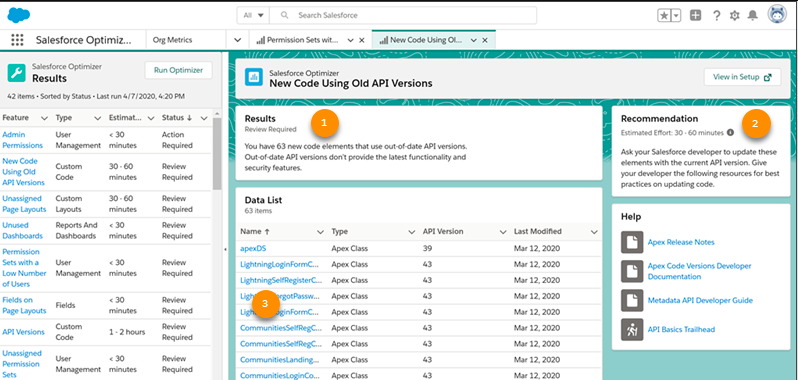
2. Make the Most of the Salesforce Optimizer Report
The Optimizer Report offers a clear snapshot of your org’s current state. To maximize its benefits:
- Understand Key Metrics: Focus on fields, layouts, roles, and sharing settings that need attention. Detailed attention to these metrics ensures that no resource is underutilized or misconfigured.
- Collaborate with Teams: Share findings with stakeholders to decide on priorities together. A team effort often uncovers additional insights and encourages collective ownership of the system.
- Track Improvements: Use the report as a baseline, then compare future reports to measure progress. This will help you quantify the impact of changes and adjustments over time.
Using the Optimizer Report strategically creates a roadmap for continuous improvement, fostering a culture of accountability and progress.
3. Simplify Processes Within Salesforce
Over time, redundant processes can clutter your Salesforce org. Clean these up by:
- Reviewing Automation Tools: Audit existing workflows, Process Builder configurations, and Flow automations to eliminate overlap. Streamlining these tools can significantly enhance system speed and reliability.
- Merging Similar Processes: Consolidate workflows with similar goals to reduce complexity. A simpler setup means fewer errors and greater ease of use for team members.
- Testing Thoroughly: Test changes in a sandbox environment before rolling them out. This approach minimizes risks and ensures smooth transitions when implementing updates.
Simplified processes enhance system performance and make life easier for users. They also reduce the learning curve for new team members, fostering quicker adoption and effective use.
4. Tailor Your Salesforce CRM Setup
To get the most out of Salesforce CRM, it’s important to optimize its settings. Consider:
- Customizing Page Layouts: Ensure users only see relevant fields and information. Overloaded pages can overwhelm users and reduce efficiency.
- Creating User-Friendly Reports: Design dashboards and reports that provide actionable insights. Salesforce developers can assist in creating custom reports tailored to your team’s specific needs.
- Activating Useful Features: Enable tools like Einstein Activity Capture or Sales Path to boost efficiency. These features automate routine tasks and free up time for strategic initiatives.
A tailored CRM setup improves usability and adoption rates among your team. When users find Salesforce intuitive and relevant to their roles, they are more likely to engage with it effectively.
5. Optimize Data Management in Salesforce
Data is the backbone of any CRM. Use these practices to keep your Salesforce data clean and organized:
- Eliminate Duplicates: Use tools like Duplicate Management or third-party apps to maintain unique records. Duplicates can lead to inaccurate reporting and wasted resources.
- Archive Outdated Data: Move older records to external storage to maintain system performance. This practice helps avoid hitting storage limits and keeps the system running smoothly.
- Ensure Accuracy: Regularly audit and validate data for completeness and correctness. High-quality data leads to more reliable analytics and better decision-making.
Clean data leads to better reporting and more informed decisions. By maintaining data integrity, you also build trust among users and stakeholders in the accuracy of the system.
6. Strengthen Security and Compliance
Optimizing your Salesforce org includes improving security. Follow these steps:
- Audit Permissions: Apply the Principle of Least Privilege when assigning roles. Ensuring users have only the access they need reduces the risk of data breaches.
- Enable Multi-Factor Authentication (MFA): Add an extra layer of security to user accounts. MFA significantly enhances protection against unauthorized access.
- Review Audit Logs: Regularly check login histories and audit trails to spot vulnerabilities. Proactive monitoring can prevent security incidents before they escalate.
A secure Salesforce org protects sensitive information and ensures regulatory compliance. This is especially critical in industries with stringent data protection requirements, such as finance or healthcare.
7. Focus on User Training
Even the best-optimized Salesforce org requires knowledgeable users. Enhance user capabilities by:
- Offering Role-Specific Training: Tailor sessions to the specific needs of each team. For instance, sales teams may focus on lead management, while customer service teams learn case handling.
- Creating Documentation: Develop step-by-step guides and videos for common tasks. Accessible resources empower users to troubleshoot and solve problems independently.
- Collecting Feedback: Regularly gather input to address pain points and improve training. Listening to users ensures that training remains relevant and effective.
Empowered users are more likely to adopt and utilize Salesforce effectively. Regular training sessions can also introduce users to new features and best practices, keeping them engaged and informed.
8. Monitor Usage and Performance
Continuous monitoring helps identify and address issues early. Use these strategies:
- Track Login Activity: Remove inactive users to free up licenses. This also simplifies user management and reduces unnecessary overhead.
- Review Storage Usage: Monitor limits to avoid overages and optimize data storage. Proactively managing storage helps avoid unexpected costs.
- Analyze Feature Usage: Regularly assess how tools like the CRM dashboard and reports are utilized. This helps identify areas where users need training or where configurations can be improved.
Proactive monitoring keeps your org running smoothly and efficiently. It also enables you to respond quickly to changes in user behavior or system demands.
9. Explore Salesforce AppExchange
Salesforce AppExchange offers numerous tools to expand your org’s functionality. Consider:
- Integration Solutions: Connect Salesforce with other systems using apps like MuleSoft or Zapier. Collaborating with an integration expert ensures seamless connections and enhances workflow efficiency.
- Data Management Tools: Use solutions like Data Loader or DemandTools for efficient data handling. These tools can simplify complex tasks such as bulk uploads or data deduplication.
- Industry-Specific Apps: Tailor Salesforce to your business needs with specialized apps. For example, nonprofits can use apps designed for donor management, while retailers might benefit from inventory tracking tools.
AppExchange can address unique challenges and enhance your Salesforce experience. With thousands of apps available, there’s likely a solution for virtually any need.
10. Schedule Regular Audits
Optimization is not a one-time task. Regular audits ensure your org stays efficient and relevant. Focus on:
- Reviewing Customizations: Check that custom fields, objects, and code are still needed. Outdated customizations can clutter the system and confuse users.
- Deactivating Unused Features: Turn off tools that no longer add value. This practice reduces complexity and enhances system performance.
- Planning for Growth: Align your Salesforce configuration with future business goals. A scalable setup ensures your org can grow alongside your organization.
Regular maintenance keeps your org agile and ready to support your evolving needs. It also helps you stay ahead of potential issues, ensuring uninterrupted productivity.
Conclusion
Optimizing your Salesforce org doesn’t have to be complicated. By following these practical steps leveraging salesforce tools like Salesforce Optimizer, maintaining clean data, and providing thorough training you can unlock the platform’s full potential. Regular audits and proactive monitoring will ensure your Salesforce org continues to deliver value, empowering your business to thrive in today’s competitive environment.
With an optimized Salesforce org, you’ll not only improve operational efficiency but also foster a more engaged and productive team. Start implementing these strategies today and watch your organization reap the benefits.

Hasan Mustafa
Engineering Manager Salesforce at Folio3
Hasan Mustafa delivers tailored Salesforce solutions to meet clients' specific requirements, overseeing the implementation of scenarios aligned with their needs. He leads a team of Salesforce Administrators and Developers, manages pre-sales activities, and spearheads an internal academy focused on educating and mentoring newcomers in understanding the Salesforce ecosystem and guiding them on their professional journey.
